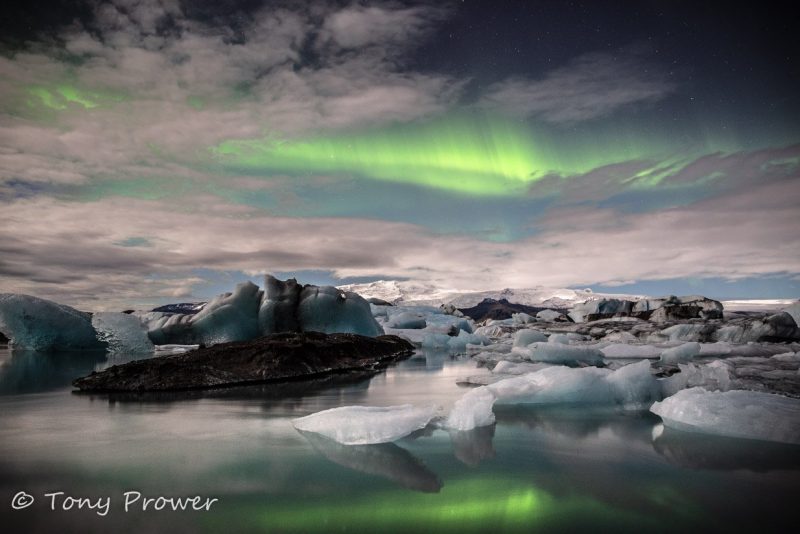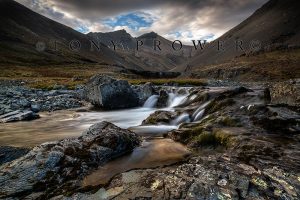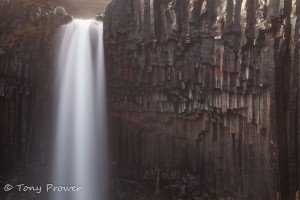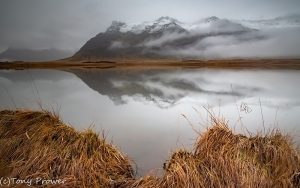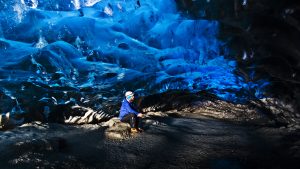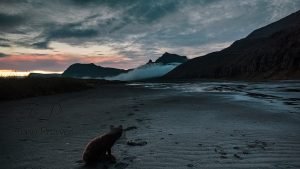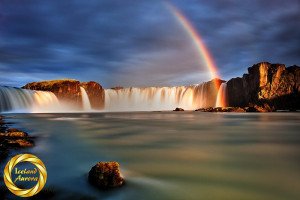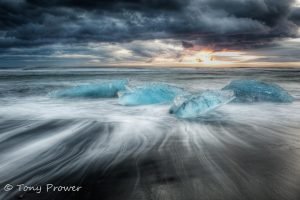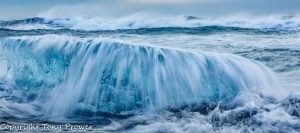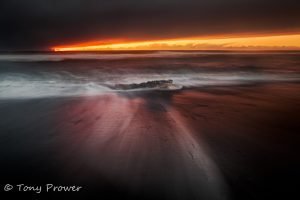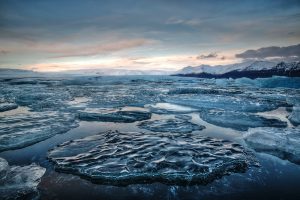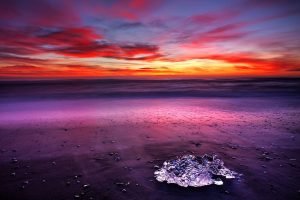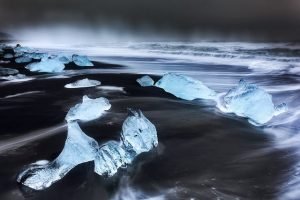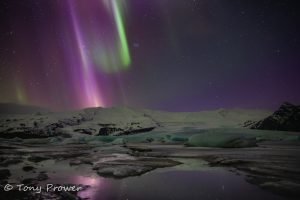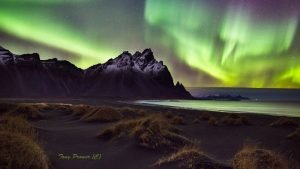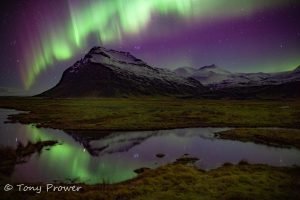Level Adjustment
This extraordinary photo was taken in the middle of the night in South Iceland. It was taken on a full moon night in October just before 1 a.m. Believe it or not, the post processing challenge was to darken the image to make it look a little bit more like a night photo. The moon was behind me, but the white of the floating icebergs on the Glacier Lagoon at Jokulsarlon become a highlight after the long exposure. I tried to reduce the white in the clouds.
CAMERA INFO
| Camera | Canon EOS 5D Mark III |
|---|---|
| Lens | Canon EF 24mm f/1.4L II USM |
| ISO | 1600 |
| Focal Length | 24.0 mm (24.0 mm in 35mm) |
| Aperture | f/4 |
| Exposure Time | 30s (30) |
Private Northern Lights Tours
Full Moon Phase
This is far from my favourite Northern Lights photo because of the highlights. It is a photographer’s dream to be able to capture an aurora and have such great detail on the glacier ice, but the ice in this photo looks like a day-time photo. However, the image does demonstrate the amount of light pollution a full moon throws out. If you compare this with some of my other aurora pics, which are usually taken during new moon phases, you can see the clear difference.
Comparing Moon Phases
The following two images were taken of the same mountain, but at different moon phases. The first photo was taken on the same night as the featured photo and has been processed to darken the clouds. The second picture was taken on a crescent moon night and has the shadows lifted in post processing.
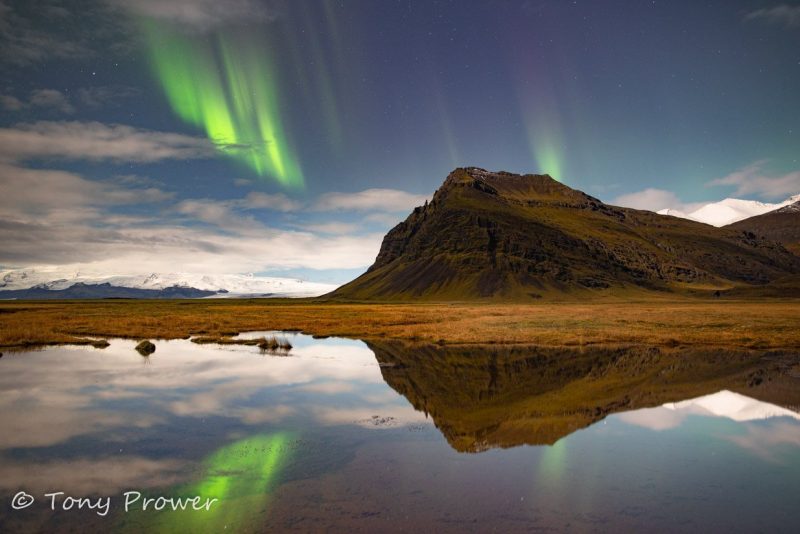
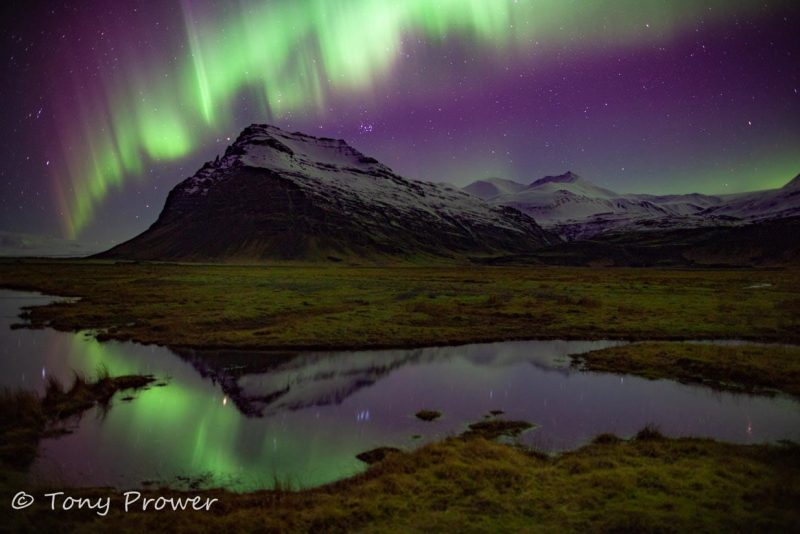
Light Pollution
Although these are not my favourite conditions for night photography, this was a unique challenge. To be shooting at night and having issues with the highlights was very new to me. It was a unique combination of a reflective subject (the icebergs), the full moon and a bright aurora. On top of that I had a digital sensor that was capable of capturing much darker scenes. The mystery of night photography is that you are able to capture more than the eyes can see. That can be an absolute joy if your are photographing Northern Lights because you start to see colours that are not visible. The camera becomes a seeing tool.
Holiday Snap
On the plus side, the photograph does resemble what I saw with my eyes. So it has its value as a photograph, because it documents an very bright night in what is normally a very dark place. In terms of Aurora and Foreground, this is a winner because there is good details and sharpness and very little noise. It’s like a daylight holiday snap. But it just doesn’t have the mystery of a slow shutter in a dark place. The long exposure wait on a dark night. This photo is devoid of all the normal magic from a Northern Lights photo shoot. One viewer asked if ‘The Moon’ can be classed as light pollution. I think you have the answer, unless you are strict that pollution must be man-made. After living between volcanoes for many years, I know that Mankind is not the only cause of pollution.
My Camera Gear
This is my set up for night photography. You will probably want a wider lens for Northern Lights, but I did ok with the 24mm most of the time.
